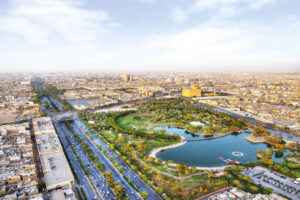
The Cities Working to Become More Breathable
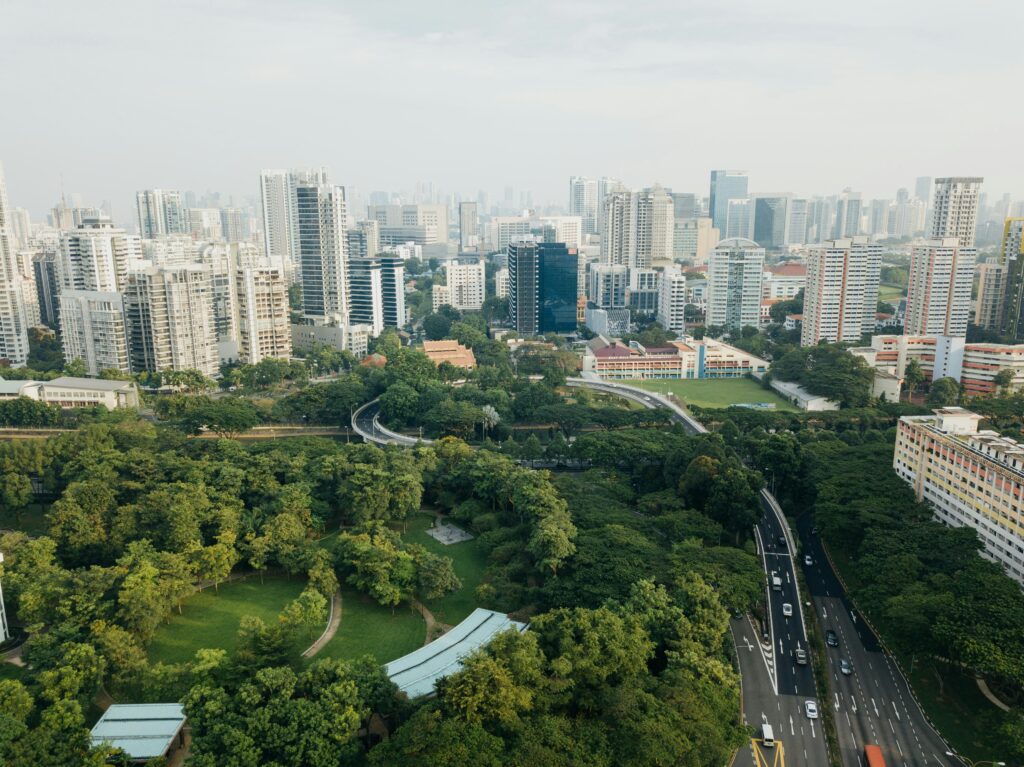
Air pollution is a major problem in cities. The World Health Organization (WHO) estimates that around 90% of people worldwide breathe air that exceeds safe limits, making it one of the leading environmental risks to health. Urban pollution comes from multiple sources such as traffic, industrial processes, waste burning, construction dust, and household fuels. Its effects are felt everywhere: polluted air accelerates global heating, causes chronic illness, damages ecosystems, and costs cities billions in lost productivity and healthcare.
The burden of dirty air is also unequal. Those who contribute least to emissions, often low-income or marginalised communities, are the most exposed and the most affected. Amid this challenge, some cities are proving that cleaner, healthier air is possible. Across the world, from London to Jakarta, urban leaders are taking bold steps to make their cities more breathable.
London, United Kingdom
In September 2024, London reached a major milestone: the city’s air met the legal limit for nitrogen dioxide pollution for the first time in modern history. This achievement came nearly 200 years ahead of earlier projections, when experts at King’s College London estimated that, without intervention, it would take 193 years for London to meet legal standards. Toxic air had been responsible for around 4,000 premature deaths annually, making action urgent.
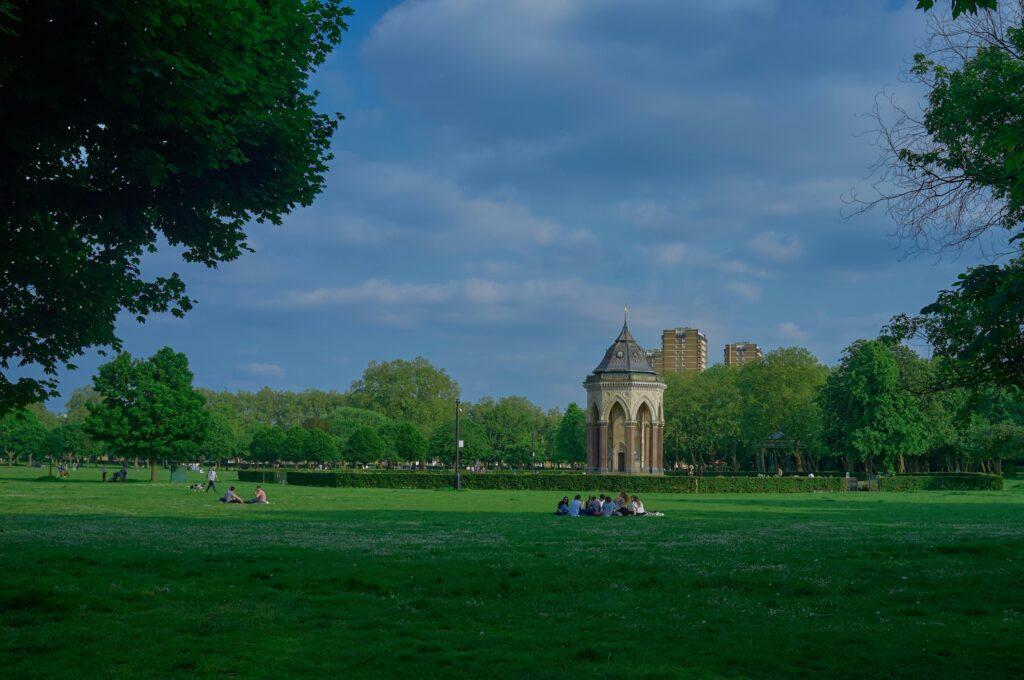
To tackle this, the approach has been multifaceted. The Ultra Low Emission Zone (ULEZ), introduced in 2019 and expanded in 2023, charges the most polluting vehicles £12.50 (around US$16) a day to drive in the city. Roadside nitrogen dioxide levels across the capital are now 27% lower than they would have been without the scheme, and fine particulate matter (PM₂.₅) emissions have fallen by up to 31% in outer London.
In parallel, the city also invested heavily in cleaner transport alternatives. Hundreds of electric buses now operate on key routes, replacing older diesel models and cutting emissions. Pedestrianised streets, and incentives for low-emission taxis and delivery vehicles encourage people to choose alternatives to private cars. In addition, a 2023 report stated that there are an estimated 1.26 million cycle journeys per day and there are 360km of high quality cycle routes which has quadrupled since 2016. Together, these interventions reduce both the volume and pollution intensity of vehicles on city streets, while improving equity and public health.
Jakarta, Indonesia
Southeast Asia’s megacity, Jakarta, has struggled with severe air pollution driven by traffic, rapid motorisation, and limited public transport. Poor air quality has been linked to an estimated 10,000 deaths annually, 5,000 hospitalisations, and billions in economic losses.
Jakarta is taking a transformational approach: electrifying its transport system. The city’s bus rapid transit operator, TransJakarta, has begun converting its entire fleet to electric power, with the goal of becoming fully electric by 2030. The first electric routes opened in 2022, and within 14 months, 30 buses had covered around 2 million km, reducing CO₂ emissions by around 5.5 million kg.
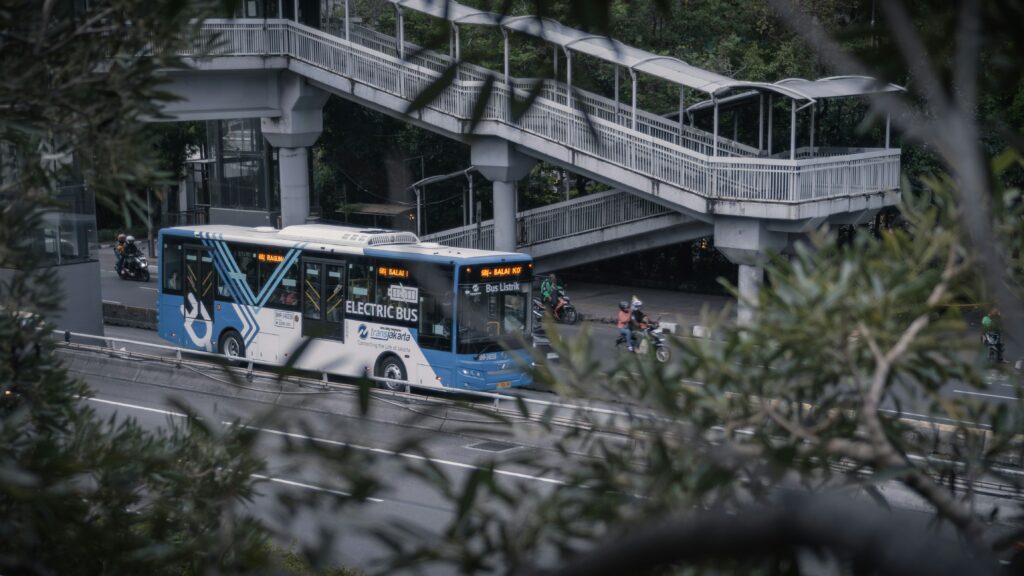
In addition, the city doubled public transport coverage between 2017 and 2021 and will remove thousands of diesel buses from circulation. For a sprawling city of over 10 million people, electrifying the bus network has been a big step in the right direction.
Warsaw, Poland
In Europe, where air pollution regulations are well established, progress is not even. Warsaw, one of the most polluted capitals in the European Union, has been battling high levels of particulate matter and nitrogen oxides caused by traffic and coal-based heating.
In July 2024, the city introduced Poland’s first Clean Transport Zone and Eastern Europe’s first clean air zone which covers around 37 square kilometres of the city centre. Initially, the ban targets the oldest and most polluting vehicles, with tighter restrictions due by 2032.
City officials estimate that the first phase alone could cut nitrogen oxide emissions by 11% and particulate matter by 20%. The zone’s phased implementation allows residents and businesses time to adapt, while the city invests in cleaner transport options and communication campaigns to build public support. Careful planning coupled with realistic timelines can balance environmental urgency with social and economic realities.
A Global Perspective
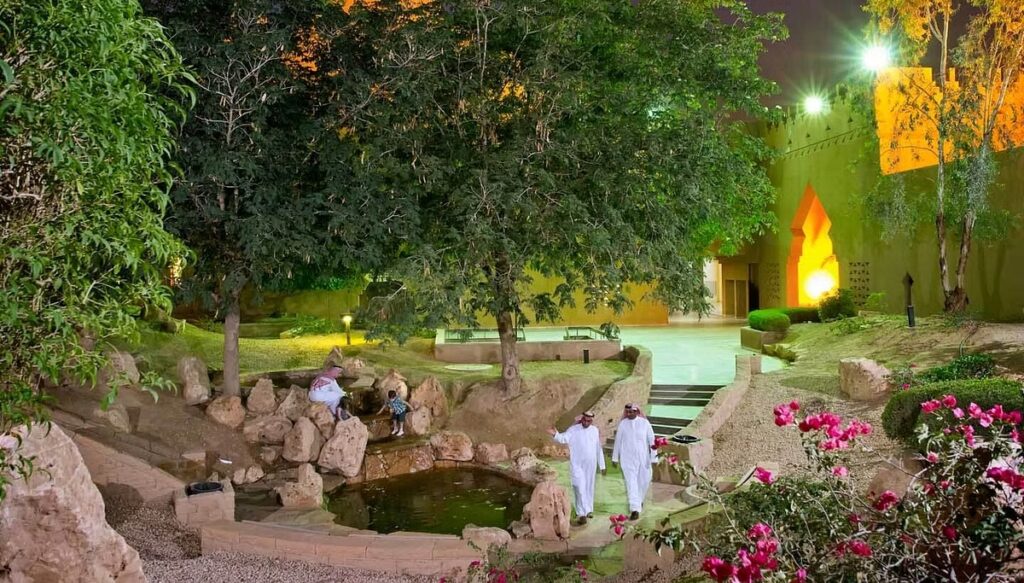
Other cities around the world are taking a variety of approaches to improve air quality. The Green Riyadh programme aims to plant 7.5 million trees by 2030, increasing per‑capita green space from 1.7 m² to 28 m² and expanding overall tree cover from roughly 1.5 % to 9 %, with benefits of improved air quality and reduced dust levels. Accra, Africa’s largest growing city, faces air pollution 11 times higher than the WHO guideline. Over the past two years, the city has deployed a network of 60 air quality sensors to collect real-time data to help policymakers and residents target pollution hot spots. Community campaigns aim to reduce waste burning and transform streets near schools into cleaner, safer spaces. The city is aiming to cut air pollution and carbon emissions by 30% by 2030. In Rio de Janeiro, a Low Emissions District combines pedestrian and cycling infrastructure, clean-vehicle incentives, and new green spaces to reduce emissions and improve air quality.

Every city has a different path, but the principles are universal. Reliable monitoring is the foundation of effective action. Policies must address the main local sources of pollution and interventions must be designed with equity in mind, ensuring that the benefits reach those most affected by poor air.
Cleaner air means fewer hospital admissions, higher productivity, lower healthcare costs, and a better quality of life for millions. According to the UN Environment Programme, more countries are now adopting policies to promote cleaner energy, production, and transport. However so far, just 31% have legal frameworks to address cross-border air pollution, and nearly half still lack a legal definition of air pollution altogether. That gap shows how far there is to go, but also how much opportunity exists for leadership and innovation.
Breathable cities are possible, and they start with the choices we make today.
